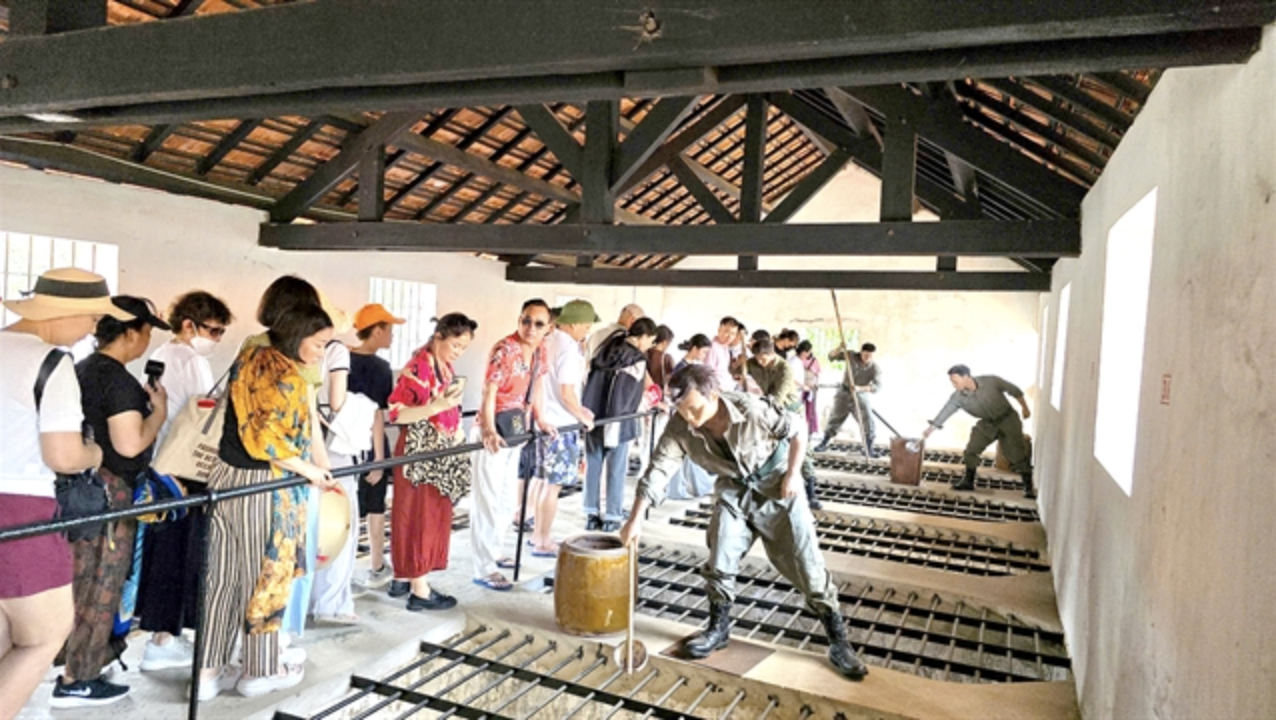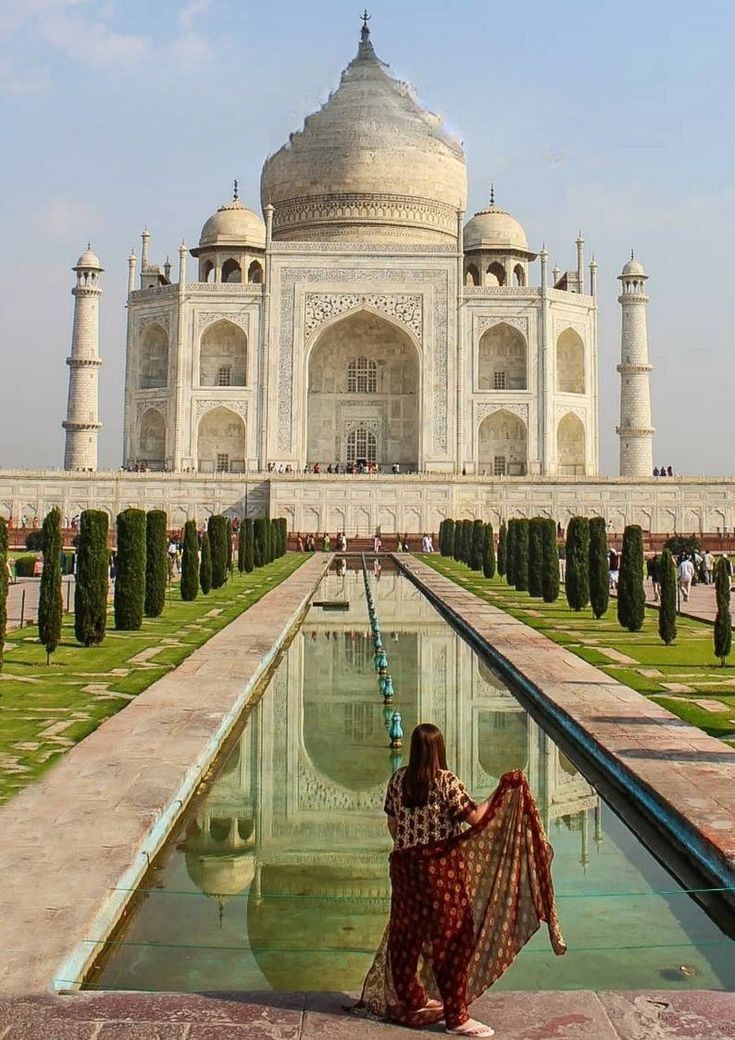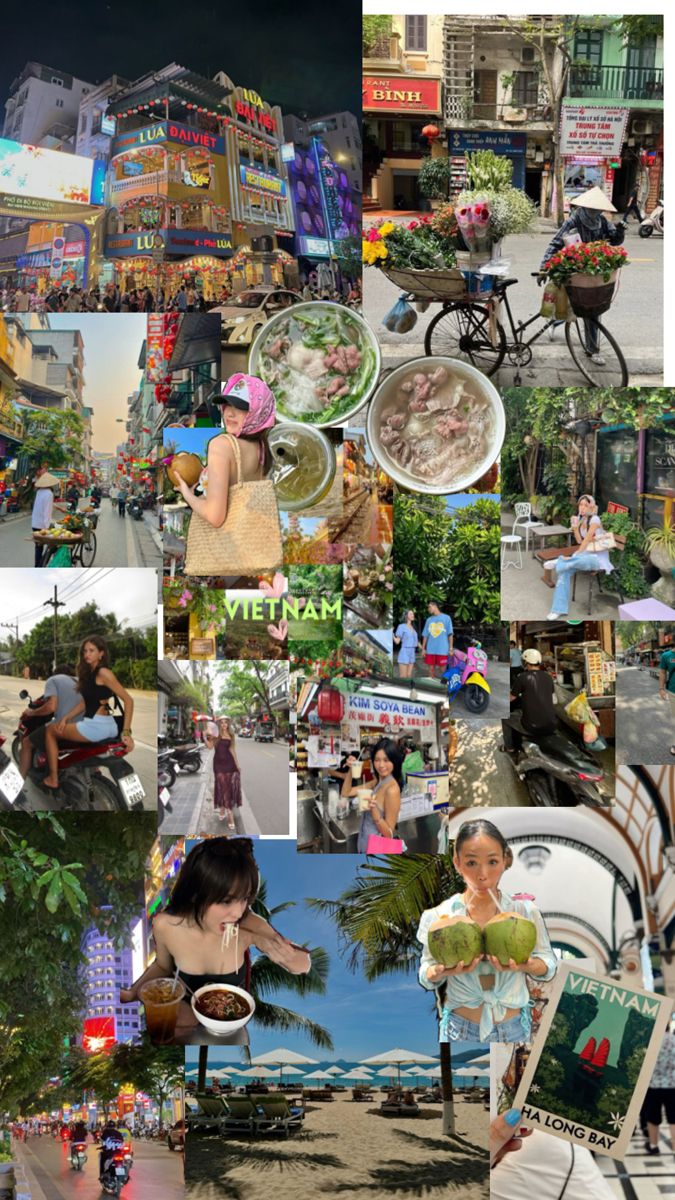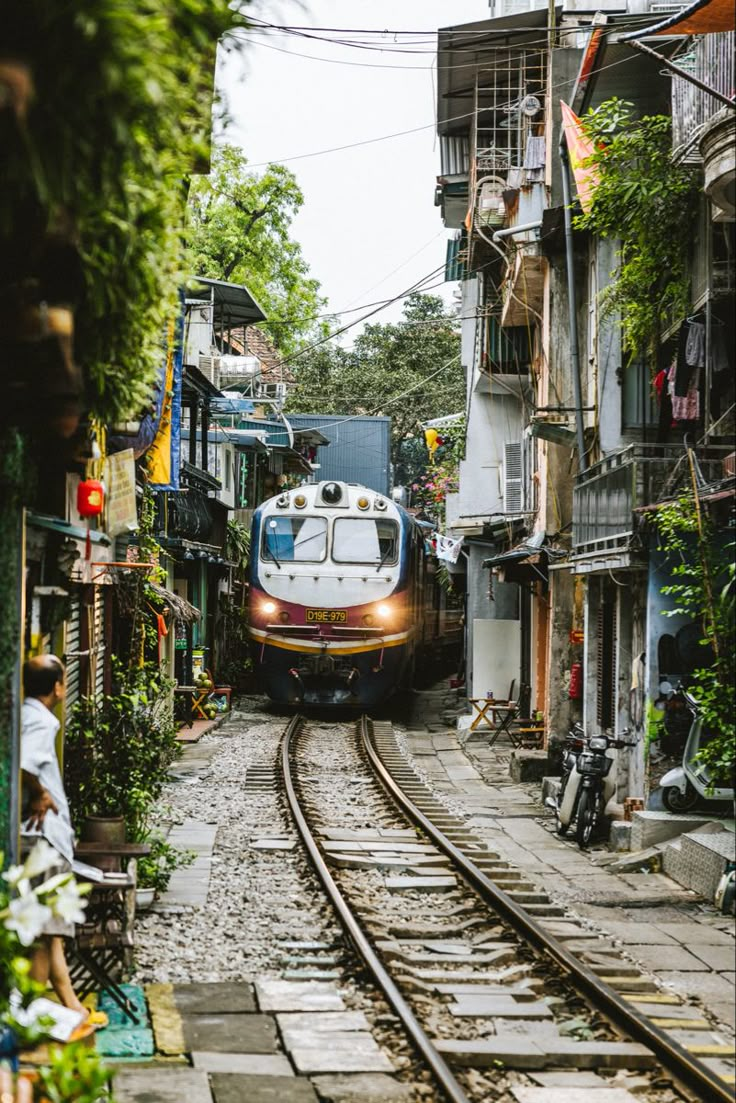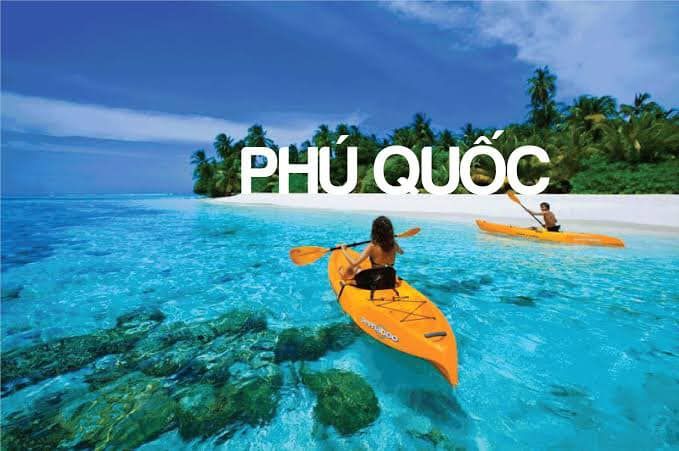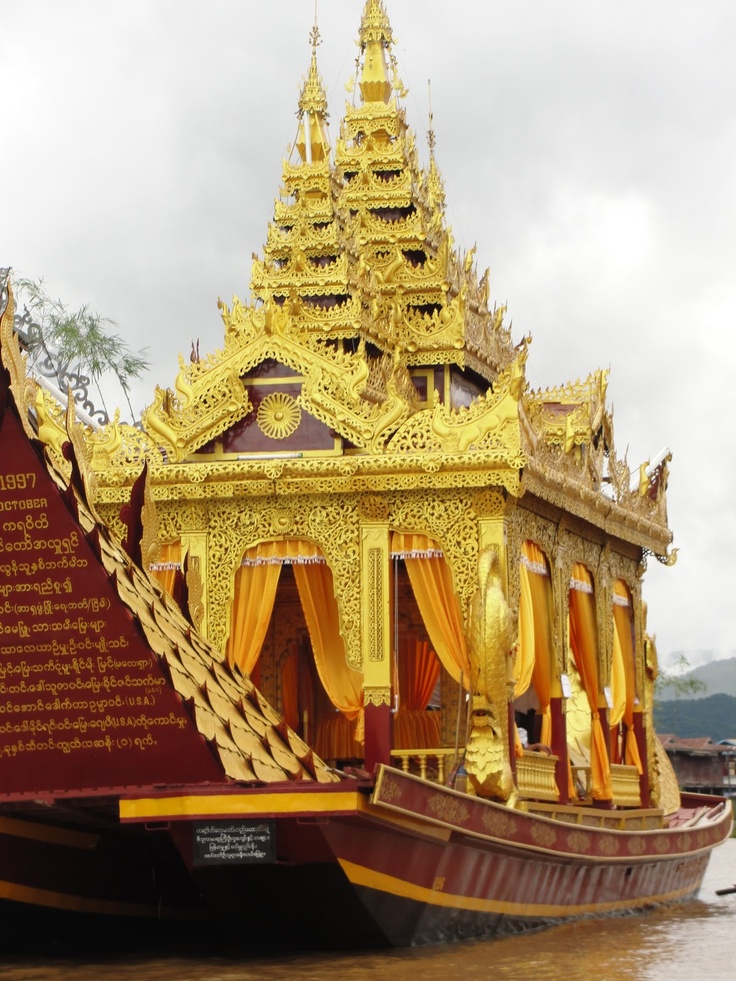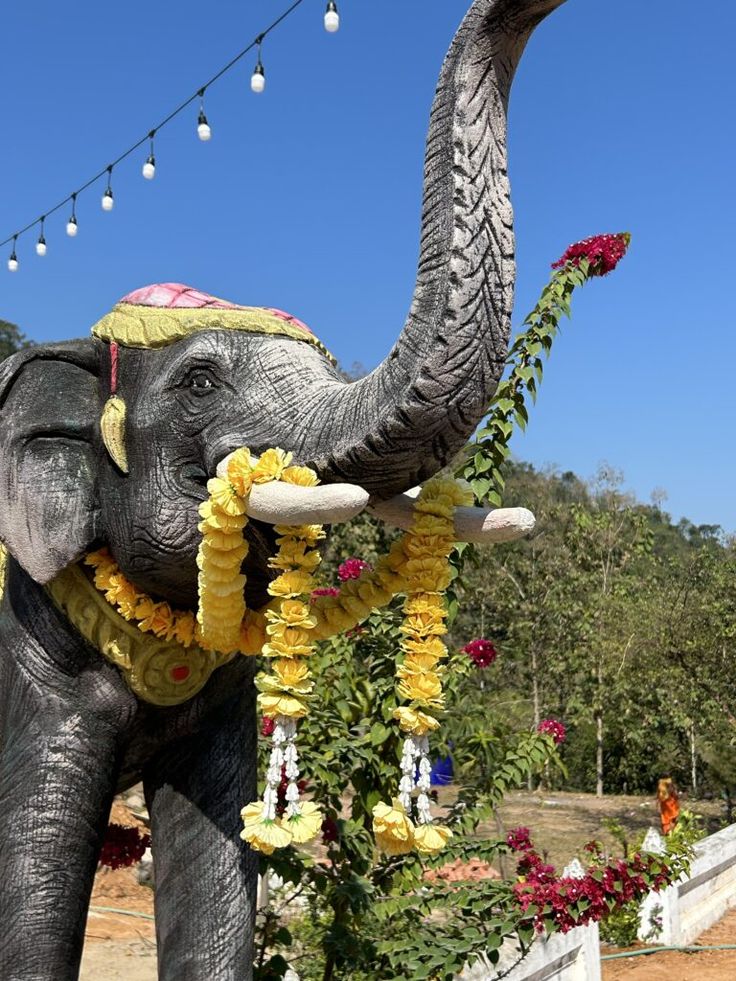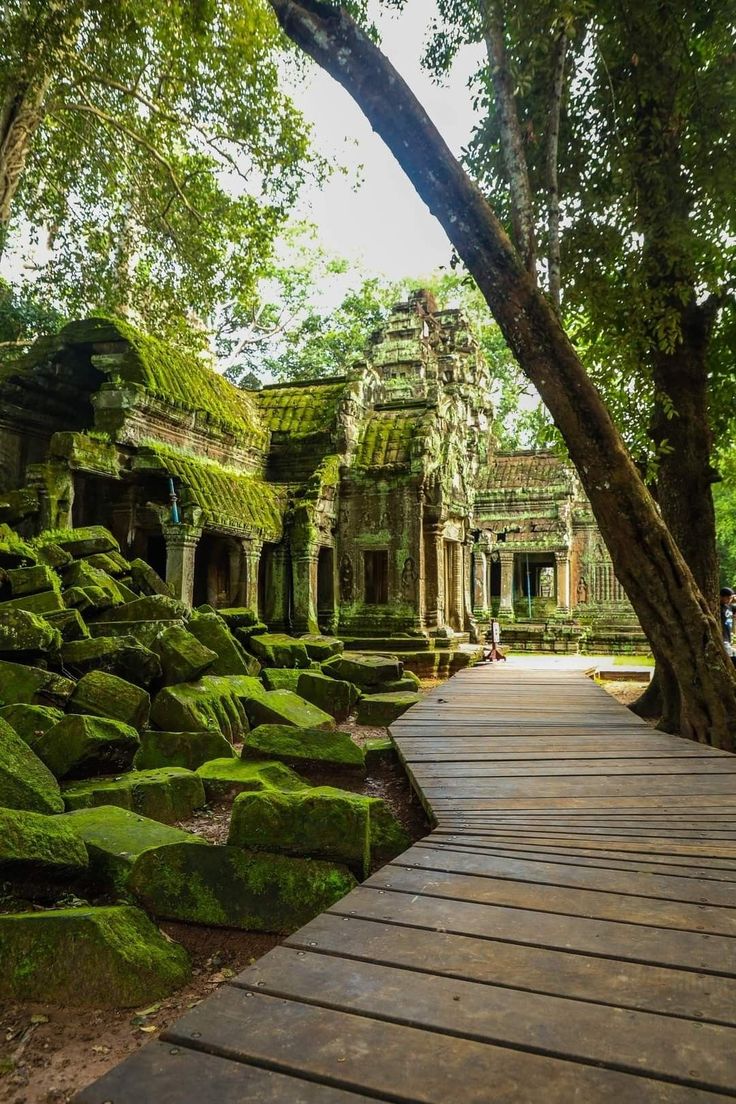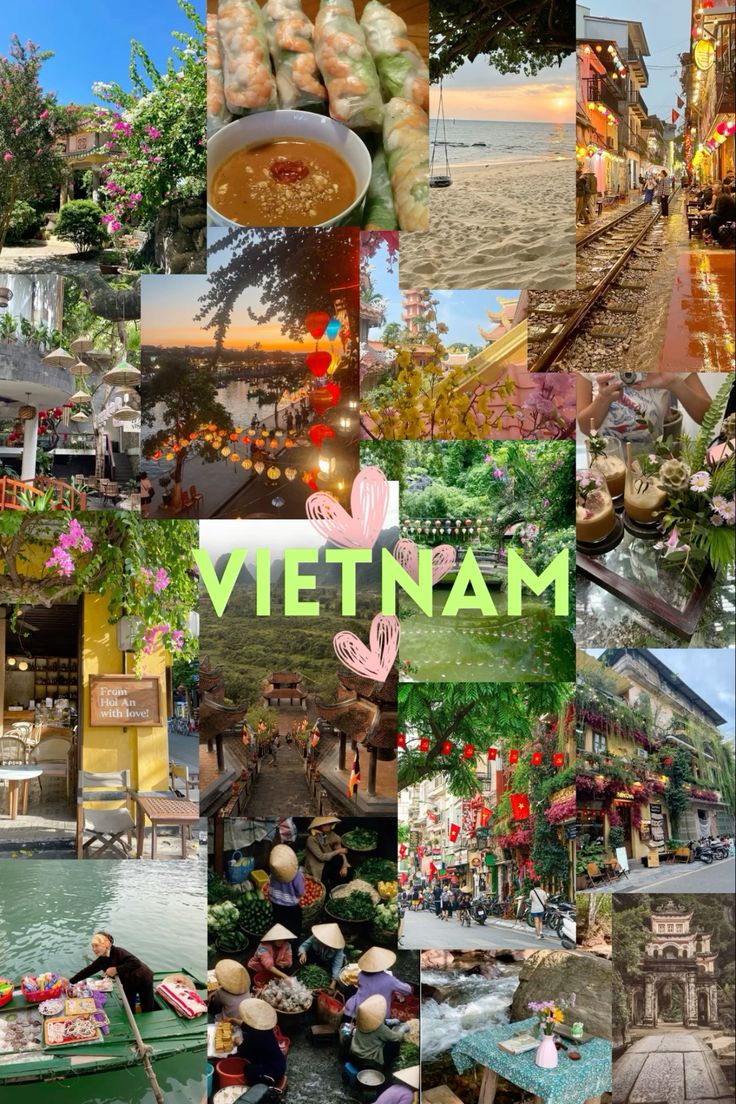Every July, as Việt Nam marks the War Invalids and Martyrs Day (July 27), people from across the country journey to Côn Đảo, where a once-feared island prison has been transformed into a national monument of remembrance and resilience.
HCM CITY Every July, as Việt Nam marks the War Invalids and Martyrs Day (July 27), people from across the country journey to Côn Đảo, where a once-feared island prison has been transformed into a national monument of remembrance and resilience.
Côn Đảo Island, now a special zone affiliated to Hồ Chí Minh City, with its striking blue seas and white sand beaches, was once dubbed the “hell on earth” by those who survived its infamous prison system.
Tens of thousands of Vietnamese revolutionaries and patriots were imprisoned, tortured, and sacrificed their lives here during decades of colonial and imperial rule.
The island’s most sacred site, Hàng Dương Cemetery, is the resting place of over 20,000 freedom fighters.
Shaded by towering casuarina trees, rows of modest tombstones stand in solemn silence, drawing pilgrims and visitors who light incense, place white daisies, and whisper words of gratitude at the graves of national heroes, including Võ Thị Sáu, Nguyễn An Ninh, and Communist Party General Secretary Lê Hồng Phong.
Vũ Ngọc Long, former director of the Southern Institute of Ecology, said every inch of this land is soaked in the blood of thousands of revolutionaries and other patriots .
“Hàng Dương, surrounded by the ocean and a national park rich in biodiversity, is not only a place of remembrance but a symbol of our enduring national spirit.”
Beyond the cemetery, the Côn Đảo Prison system remains a powerful symbol of both human suffering and revolutionary resolve.
Sites such as Phú Hải and Phú Sơn camps, and the notorious “tiger cages”, constitute irrefutable evidence for the brutalities of the French colonial rule and the Sài Gòn regime towards political prisoners.
 |
| A wax figure exhibition at Phú Hải Prison recreates scenes of political prisoners’ captivity during colonial times on Côn Đảo Island. — VNA/VNS Photo Huỳnh Sơn |
Nguyễn Văn Nam, a visitor from Tây Ninh Province, said he was overwhelmed by the cruelty of the US-backed Sài Gòn regime after touring the “tiger cages”.
“It reminded me that our peace today was earned through unimaginable sacrifice of the liberation fighters. It’s a call for us to live and contribute in a way that honours our past.”
For former political prisoner Huỳnh Thiện Hòa, now 80, returning to Côn Đảo brings both emotion and reflection.
Imprisoned during the war by the Sài Gòn regime, and later after the liberation of the South, serving as chairman of Côn Đảo District’s People’s Committee [Administration] in the period of 1991–2000, he recalled the solidarity among inmates as their greatest strength.
Today, he is hopeful as national infrastructure projects such as connecting the island to the national power grid and building a waste treatment plant signal a new chapter for all-round development of the island.
From red address to green destination
The Côn Đảo Special Zone is charting a bold course for the future: one that preserves its historic legacy while embracing green, sustainable development.
Local officials and institutions have been actively preparing for the annual “pilgrimage season” in July, welcoming delegations who come to pay tribute and learn about the island’s revolutionary past.
Phạm Thị Tám, deputy director of the Bà Rịa Vũng Tàu Museum and Library, said such visits help foster national pride and deepen public understanding of the country’s revolutionary values.
The on-going administration restructuring by the authorities has laid the groundwork for transforming Côn Đảo into a high-quality eco-cultural tourism hub.
 |
| An aerial view of the central area of the Côn Đảo Island Special Zone. VNA/VNS Photo |
Lê Anh Tú, secretary of Côn Đảo Island Special Zone’s Communist Party Committee, said the island’s development strategy balances environmental conservation, historical preservation, and improved living standards for residents.
The island aims to become a leading marine ecotourism destination of regional and international stature, he said.
“To do so, we must develop green infrastructure, protect biodiversity, promote clean energy, and ensure sustainable tourism practices.”
The island is prioritising investment in renewable energy, especially solar power, alongside efforts to modernize wastewater treatment and safeguard fragile marine and forest ecosystems.
A stricter regulatory framework is also being designed to mitigate tourism’s impact on the local environment. Key infrastructure projects are crucial to realising this vision.
Plans include expanding the local airport to accommodate larger aircraft, building an international cruise port, and upgrading water supply, healthcare, and education systems to support local residents and investors alike.
As Côn Đảo evolves, its powerful past remains an inseparable part of its identity. The iconic green almond trees and resilient casuarinas swaying in ocean winds stand not just as part of the landscape, but as silent witnesses to generations of revolutionary struggle and triumph.
To visit the island is to walk alongside history, to reflect on sacrifice, and to renew one’s commitment to building a stronger, more compassionate nation.
In the words of countless visitors, this island is more than a destination – it is a call to remember, to honour, and to act. VNS
Resource: https://vietnamnews.vn/travel/1722137/con-dao-island-of-remembrance-renewal.html

